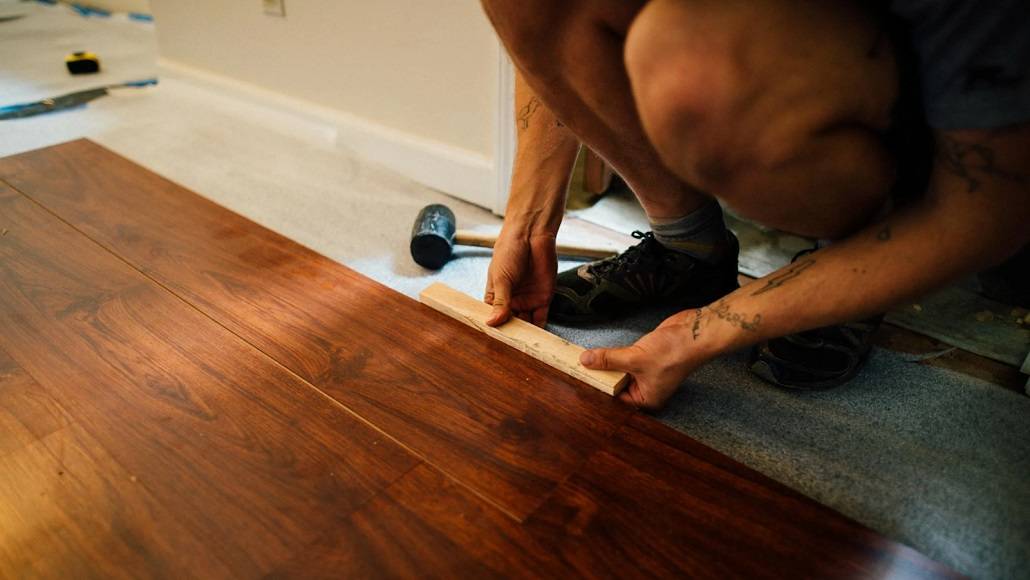Home repairs often strike without warning—everything seems fine one day, and the next, a critical system fails. When emergencies like these occur, the most costly factor isn’t always the repair itself, but the initial confusion and delay. Not knowing what to turn off, who to contact, or how to prevent further damage can lead to escalating costs and stress. This guide is designed for homeowners facing urgent repair situations. It outlines the first essential steps to take—right when and where problems begin—to minimize damage, save money, and regain control before the situation worsens.
Estimates Should Start Early
Waiting to “see how bad it gets” is a costly approach. Homeowners often delay contacting professionals until damage becomes visible or extreme. The smarter move is to get estimates as soon as the situation is stable.
Skilled contractors don’t just quote a repair. They assess scope, anticipate next steps, and identify where delays will cost more.
Comparing estimates isn’t only about pricing. One contractor might push a full system replacement. Another might identify a localized failure that saves thousands. Homeowners who act quickly and compare at least two approaches are positioned to make smarter, better-timed choices.
If funding is tight, some homeowners explore options like a cash advance without direct deposit to cover urgent work before it escalates. This short-term solution can help lock in repair pricing before costs rise or the problem spreads.
Regardless of how it’s funded, acting early and comparing at least two approaches almost always leads to smarter, better-timed choices.
Know Where Your Main Shut-Offs Are
Every homeowner should know exactly where to locate key shutoffs, including the main water valve, circuit breakers, and individual appliance shutoffs. But many homeowners don’t figure it out until they’re already ankle-deep in water.
When plumbing emergencies hit, every second counts. For example, water pouring from a burst line can continue causing structural damage with every minute the valve stays open.
Moreover, old-school gate valves are notoriously unreliable under pressure and can seize when unused. Replacing them with ball valves ensures faster and cleaner shutoff during emergencies. It’s a minor upgrade that becomes major when things go wrong.
Containment First, Phone Call Second
Take a leaking water heater. The instinct is to call a professional immediately, but isolating the problem first is a smarter move.
Shut off the water supply, power, or gas feeding the unit. If the leak is active, drain the tank. This limits additional property damage and usually gives service techs a much safer, faster repair window.
With active leaks from the roof or ceiling, it’s about more than a drip bucket. If the leak source is identifiable and weather permits, an emergency patch using roofing cement or flashing tape can buy time.
Inside, it’s smarter to cut away swollen drywall and move soaked insulation. Waiting lets moisture trap inside wall cavities, leading to mold growth and more invasive repairs later.
Use Quick Repairs That Buy You Time
Quick fixes often get a bad reputation, but not all are band-aid solutions. Compression fittings, pipe clamps, and push-to-connect couplings are legitimate temporary plumbing solutions that can contain a failure without compromising safety. Unlike duct tape, they hold pressure and don’t disintegrate under stress.
In the electrical space, shutting down circuits entirely is mandatory if there’s a burning odor or melted components. If replacements can’t happen immediately, capping wires with proper terminals and covering them with approved junction boxes is critical.
Improvising here increases fire risk. The goal of any temporary repair should always be risk mitigation, not delay.
Create a Trail of What Happened
Capturing photos and notes during an emergency might not be a priority, but it creates a clear record of failure and response. Timestamped photos, detailed descriptions, and receipts for temporary materials are essential when insurance claims enter the conversation.
This pays off fast when there’s a dispute or delay. Say a ceiling starts leaking during a storm, and you patch it with flashing tape. A few weeks later, the water stain spreads.
Having photos of the original leak, the patch, and the condition of the ceiling before it worsened gives the insurance adjuster and the contractor a complete picture of what happened and when.
Keeping detailed documentation offers a technical advantage. Recording recurring issues—such as a tripping breaker or a sump pump that fails during heavy rain—helps identify patterns. This allows professionals to diagnose root causes more efficiently, recommend targeted solutions, and avoid costly trial-and-error repairs.
Break Repairs into Phases
Having emergency savings is helpful, but spending it all at once on a single-phase repair isn’t always necessary. Many home repairs can be broken down into phases.
Isolating and stabilizing a water intrusion might cost a few hundred dollars. Once funding, scheduling, or weather improves, full remediation, mold treatment, and cosmetic fixes can follow.
Contractors familiar with emergency work often provide phased service plans. If that isn’t offered upfront, asking about it opens options that stretch budgets further.
Mid-week or early-morning repair slots also tend to carry lower labor premiums, especially when dealing with smaller, non-urgent components of a larger repair.
What Matters When Things Break
Most home emergencies don’t start out big. They get big when nobody knows what to do with them. Knowing where to shut things off, how to buy time with a solid temporary fix, and which problems need a fast response. That’s how damage gets stopped before it spreads. Nobody expects homeowners to handle everything alone, but the ones who stay calm, take control early, and don’t waste time guessing usually come out ahead.






























